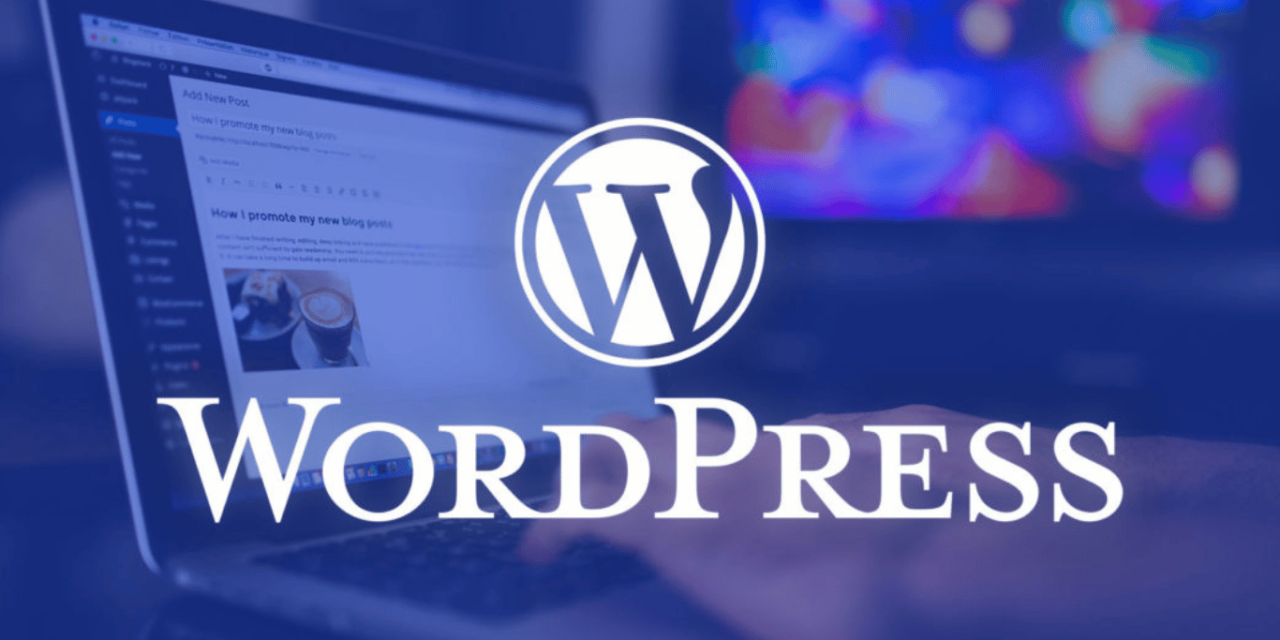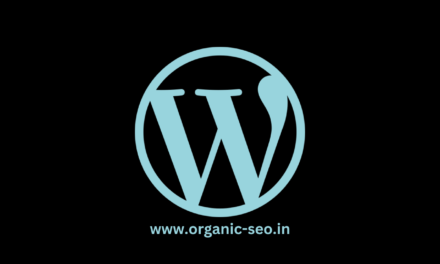Search engines serve as a primary source of traffic for the majority of websites, emphasizing the importance of optimizing your site for SEO. While there is a plethora of tips, tricks, plugins, and best practices available to enhance your search engine rankings, it’s crucial to note that improper site settings can potentially sabotage all your SEO efforts. In fact, neglecting certain fundamental WordPress site settings may result in your WordPress blog not appearing in search results.
Failing to address these basic WordPress site settings means you’re likely overlooking simple yet effective methods to fine-tune your SEO and attract more visitors to your WordPress website. The beauty of these settings lies in their built-in nature, eliminating the need for additional plugin installations. This makes them an easily attainable win, particularly if you are just beginning your journey with SEO.
1. Establish Homepage and Blog Settings
Before creating pages and posts, it’s crucial to set up your home page and blog pages. Although seemingly minor, this step holds significance as your home page is the initial point of contact for visitors to your site. Ensuring it leaves a positive impression is unavoidable. Similarly, your blog serves as a key avenue to engage with your audience. By configuring these essential pages before adding content, you enhance the likelihood of crafting a successful website that visitors will find enjoyable.
By default, WordPress designates the latest posts page as the home page. To customize this, select the “A static page” option, designating which page serves as your home page and which as your blog page.
2. Optimize Permalinks
When setting up your blog, the structure of your URLs becomes a pivotal decision. Opting for a scalable URL taxonomy facilitates search engine crawling and indexing, enhancing user-friendliness. Take the time to experiment with various permalink structures and choose one that aligns with your blog’s long-term goals. While there are different options, consider utilising a custom structure and steering clear of date-based structures that can complicate site architecture.
3. Implement Dynamic Sitemap
A dynamic sitemap is an indispensable tool for any website, aiding search engines in indexing and users in navigating information. Contrarily, static sitemaps are less effective, challenging to maintain, and lack scalability. Numerous plugins offer dynamic sitemap options with customizable features, making it a valuable tool for improving website SEO.
4. Set Up Automated Image Optimizer
Maintaining a fast WordPress site necessitates optimized images, bringing several SEO benefits, from enhanced website speed to improved search engine rankings. Streamline this process by utilizing plugins that automatically optimize images upon upload. While some plugins are paid, many free options deliver equally effective results.
5. Configure Default Title and Meta Descriptions
Many SEO plugins provide default settings for titles and meta descriptions, ensuring that all new pages are optimized for search. Particularly beneficial for large websites or teams less familiar with SEO practices, these tools help ensure your website remains visible and easily discoverable by potential visitors.
6. Deactivate Comments
While the SEO value of comment sections is debatable, their potential as a security risk is not. Spammers often exploit comment sections to add links containing malicious code, and comment forms may be susceptible to SQL injections and XSS attacks. Consider closely monitoring comment sections if you choose to use them, and promptly delete any spam or suspicious comments. If managing the security of comment sections poses a challenge, disabling them may be a prudent decision.
7. Set User Permissions
Efficiently managing a WordPress site involves granting stakeholders the necessary access while restricting access to specific sections. Regularly reviewing and updating user permissions helps maintain an organized site and prevents unauthorized changes. WordPress provides detailed role summaries to guide this process.
8. Ensure Secure Passwords with 2FA
Enhancing the security of your WordPress site involves ensuring all users have secure passwords and enabling two-factor authentication (2FA). Complex passwords can thwart brute force login attacks, and 2FA serves as an additional layer of defence against unauthorized access. Many security plugins offer 2FA settings.
9. Auto-Update Plugins
The widespread use and popularity of WordPress can be attributed in large part to its extensive collection of themes and plugins. However, failing to keep these software components up to date poses a potential threat to your website’s search engine rankings. When developers identify security vulnerabilities in themes or plugins, they typically release updates promptly to address these issues and ensure the safety of users. Consequently, using outdated themes and plugins exposes your site to risks, as hackers often target websites running older versions of these elements. Search engines, such as Google, may go to the extent of removing a hacked site from their index, causing your content to no longer appear in relevant search results. Furthermore, browsers like Google Chrome might block visitors’ access to your site if there’s a suspicion of compromise. Beyond security concerns, outdated software increases the likelihood of crashes, conflicts, and various common WordPress errors. It can adversely affect your website’s speed and overall performance, consequently impacting your site’s SEO. Enable auto-updates for plugins to ensure they remain current and secure.
10. Set Up Recurring Backups
In today’s digital age, a robust website security plan includes daily backups. These backups serve as a safeguard against security breaches, allowing you to restore a recent copy of your site if needed. While many plugins offer backup services, entrusting a WordPress host to manage backups provides assurance that this critical task is performed consistently.





